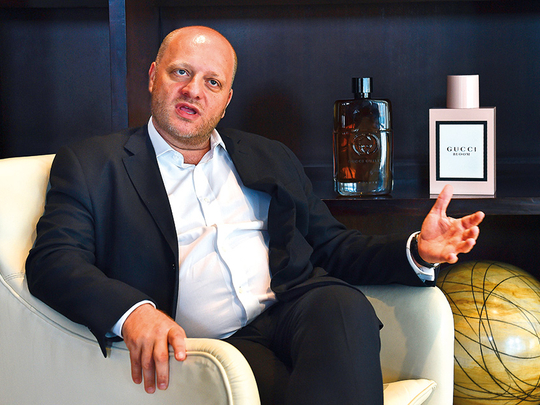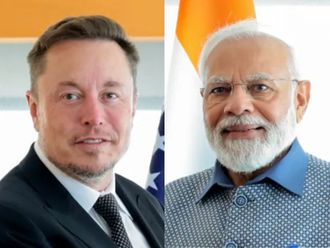
Dubai: Even beauty is not immune to the charms of e-commerce. The world’s leading fragrances and cosmetics companies are putting on the foundations to build up a virtual presence. And, where possible, preferably using their own channels.
The biggest name in the business, the 25.8-billion euro L’Oreal, already has a glow emanating from its online numbers, recording a 33 per cent increase in 2016. The third biggest player in the space, the $9-billion Coty, wants to build up some of that e-commerce led sparkle for itself.
Some might say the business of beauty needs those shoppers to actually be there trying on the creams or sniffing the fragrances before making the purchase. But the same was being said about food and grocery shopping until Amazon came along and set up its own network, and recently capped that by acquiring Whole Foods.
Beauty could be ripe for an e-commerce makeover as well. It explains why Coty acquired a majority stake in US based Younique, which specialises in direct selling through social media platforms.
“E-commerce is a priority for us as it is for our competitor,” said Camillo Pane, Coty’s CEO. “I can tell you we are building new capabilities — there’s a new head of e-commerce who’s come from the outside and brings a fresh pair of eyes. We are changing the way we work in e-commerce and I’ve given specific targets for each markets.
“We want everybody to step up for a step change in our e-commerce play. We have a road map — e-commerce is a priority for the new Coty. We have targets but more in the mid to long-term.
“It is clearly easier to do it through (independent) e-tailing platforms and then eventually move to our own channels. Once you look at the overall e-commerce picture, there will always two or three markets that always represent the biggest bits. At the beginning, we will pick a few markets where we want to step up.”
Pane, who was in Dubai last week for meetings with key regional partners, use of the term “new Coty” is deliberate. It has been ten months since the company completed its hugely ambitious merger of consumer goods giant P&G’s beauty business in a deal valued at $12.5 billion. And that brought in 43 brands — including the Gucci and Hugo Boss labelled fragrances — into the Coty fold.
“The operating model (for the new Coty) has been embedded, and the pipeline is much stronger than in the past,” said Pane. “We are re-launching some brands which we believe had positioning not in tune with the consumer, or were a bit tired. You can’t really transform a company from scratch in nine or ten months.
“But we are doing the right things and these process did not exist before October. We are creating a culture different from the old Coty and culture takes time.”
Currently, the combined Coty and P&G brand portfolio is split across three divisions — luxury, consumer and professional. This is quite a departure from the pre-merger practice where the brands were managed independently from the price or the type of channel used to sell it.
In February, Coty said the benefits from the merger are starting to come through and that it expects to realise the $750 million synergy target set for fiscal-year 2020.
“We are putting together two companies that had nothing to do with each other,” the CEO said. “My first priority is for the two companies to work together under the same roof — manufacturing has been combined and required a lot of effort. But we are still in the middle of the integration.
“A big difference is that management of the P&Ls sit in that country and not in Geneva or Paris, as was done in the previous organisation. Consumers are local and you need to create equations at the local level.”
Western beauty labels seek an Arabic flavour
Even with the immense popularity Western fragrance and cosmetic brands enjoy, they still wouldn’t mind a touch of Arabic inspiration. Based on industry estimates, a substantial $1.4 billion is spent on Arabic beauty brands while Western brands notch up $1.9 billion in these markets.
“We have to be much more locally relevant across all categories,” said Camillo Pane of Coty. “I don’t think global brands can approach with a one size fits all strategy. It is not any more a strategy that will win in the future.
“It’s time to time make products tailor-made to specific markets and you do that by speaking to consumers in a language that fits much more with a specific country.”












